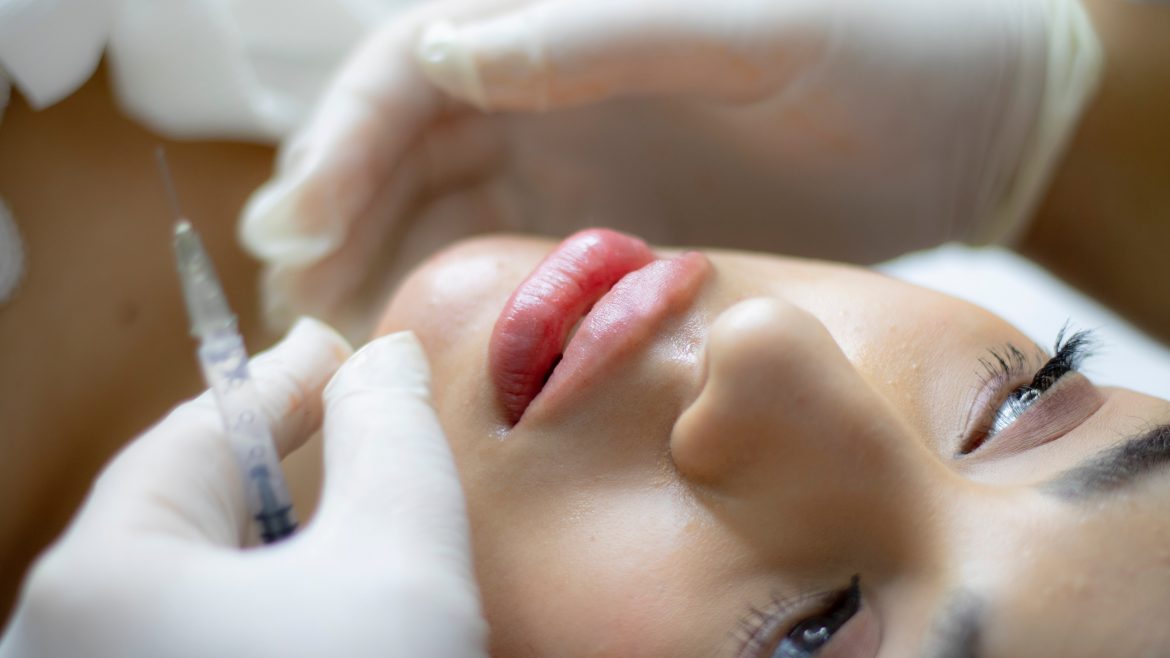By The Beauty Book
Whether you have regular tweakments or are simply curious about them, there’s no denying that non-surgical cosmetic procedures like Botox and dermal fillers are becoming increasingly popular, alongside traditional surgeries. And as they infiltrate more people’s beauty regimes, there’s more research into new and improved treatments, which are able to treat a wider variety of conditions and concerns.
New consumer research released this month by Geneva-based TEOXANE Laboratories has revealed that 50 per cent of New Zealand women aged under 60 are eager for a ‘tweakment’ – a small change to at least one of their facial features.
The top three areas women are seeking tweakments for are eyes (35 per cent), neck and jawline (33 per cent) and lips and mouth (24 per cent), which is no surprise given the amount of time we’re all staring at ourselves on Zoom. And usually in truly unforgiving lighting.
With so many now working virtually, increased video calls have meant women are paying greater attention to their facial features and therefore their perceived facial imperfections. The dreaded “virtual office” has made 42 per cent of women more conscious about their appearance, and 40 per cent more open to cosmetic procedures.
Of those surveyed, 58 per cent of women who are open to making a change are looking to minimise fine lines and wrinkles and 56 per cent are wanting to enhance and contour their facial features. Unexpectedly, the research confirmed a strong preference for a natural look with 79 per cent seeking a natural, me-but-better result.
Additionally, more women are freely admitting to having dermal filler procedures with 52 per cent of those who have undergone the treatment feeling comfortable with telling people.
Auckland-based Aesthetic Physician Dr Teresa Cattin says, “I’m not at all surprised that video calls have increased women’s awareness of their facial feature because we see ourselves as others see us, from different angles and with movement and animation. When we look at ourselves in a mirror we are usually looking straight on to the middle of the face and are quite still – most of us don’t tend to chat or laugh with ourselves in the mirror and we often subconsciously “pose”. So looking in a mirror is far more flattering than real life.”

Dr Teresa Cattin
The TEOXANE research also revealed that on average women, start to actively include anti-ageing treatments just after turning 28, with Millennials the most likely to include anti-ageing treatments in their beauty routine.
Dr Cattin explains that as the first signs of ageing appear around 28 – 30 years around the eyes, she’s not surprised this is the age when women may choose to slow down ageing.
“Global perspectives on aesthetic treatments are definitely shifting and it’s understandable Millennials are leading the way. Rather than just having a single aesthetic treatment for a special occasion, minimal aesthetic treatments are being seen as part of their regular beauty maintenance. These days people are making more lifestyle choices around self-care maintenance, such as gym membership, clean eating and a regular good skincare regimen – so regular non-surgical treatments are seen as part of self-care and wellness,” explains Dr Cattin.
Whether you’re on board with tweakments or still sitting on the fence, it’s safe to say that in 2021, they are one way to boost your confidence and take control of what you see in the mirror. And with new findings like the aforementioned TEOXANE’s dermal fillers always coming into play, you just may find a look that is tweaked, but still authentically you.

